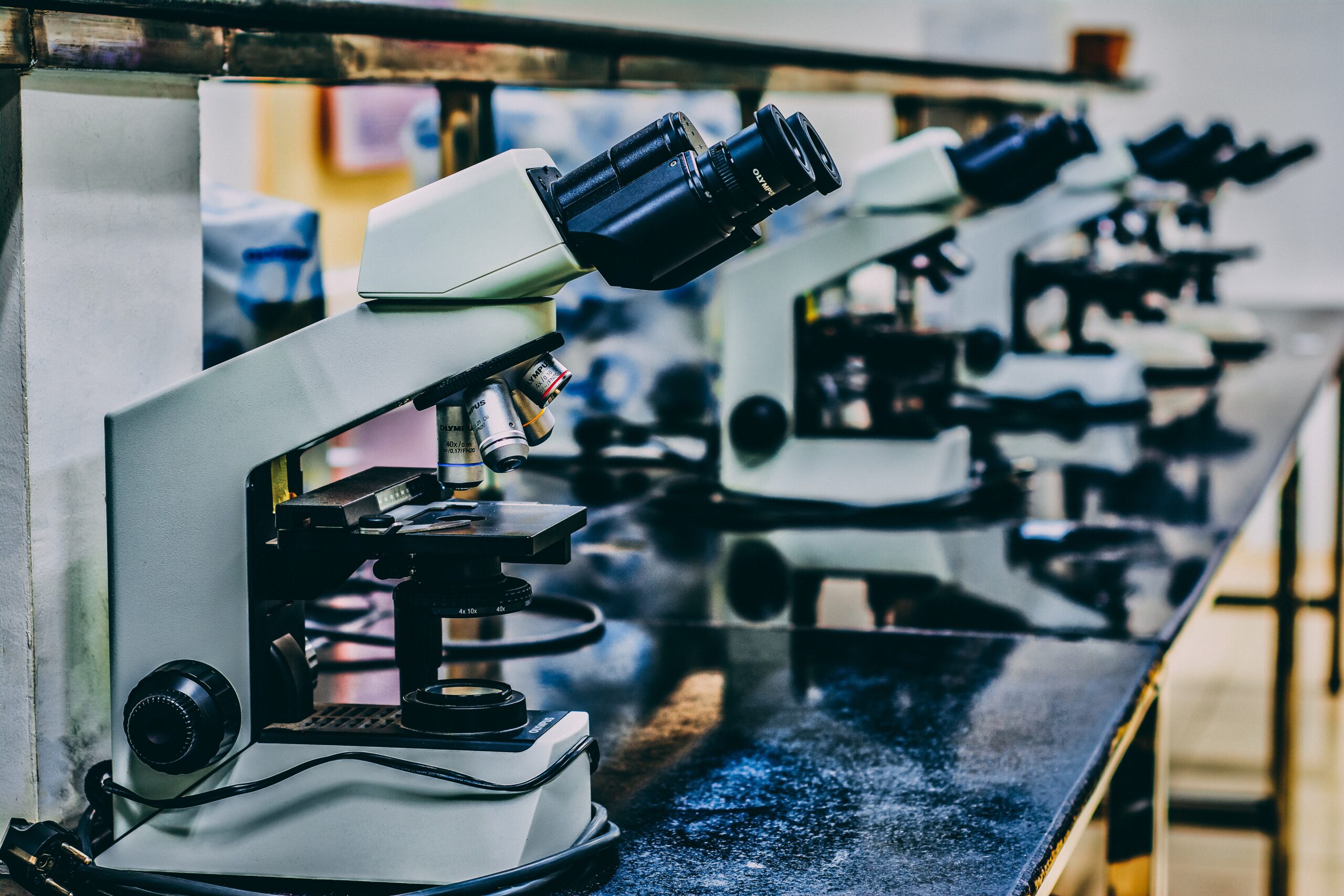Massachusetts’ life sciences industry grew by more than 7,000 jobs last year, outpacing competitor states even as the so-called “Covid boom” began to wane.
That’s according to the latest “Industry Snapshot” report put out by the Massachusetts Biotechnology Council, the trade group better known as MassBio, which examines trends in workforce, real estate, funding and policy on an annual basis.
As of 2022, Massachusetts had a total of 113,994 employees, up from 106,679 in 2021. Of those, 64,195 were R&D employees — an 8.5% increase from 2021 — and 10,493 were biomanufacturing employees, up 6.3% from the year prior, although biomanufacturing job growth over the long term has been much slower than it has been for R&D positions.
The rate of growth for R&D jobs was second only to North Carolina. For biomanufacturing job growth, only Florida bested Massachusetts.
The state’s life sciences workforce is projected to keep growing like this, aided in part by workforce development programs run by the city, the state and MassBio itself.
A separate report from the Massachusetts Biotechnology Education Foundation, a nonprofit organization founded by MassBio that’s better known as MassBioEd, estimated this past May that the state would gain 42,000 net new life sciences jobs by 2032. That’s despite ongoing layoffs that have roiled the industry, costing some 2,200 local workers their jobs in the first half of this year, based on Business Journal research.
“Anecdotally, I’m still continuing to see good growth of companies, and there’s — I think — over 17,000 job postings for Massachusetts-headquartered life sciences companies in the first half of this year,” said MassBio CEO Kendalle Burlin O’Connell. “Company creation is still happening. Hiring is still happening.”
High cost of housing, high cost of doing business
So what keeps Burlin O’Connell up at night? Her largest battles, it turns out, are not specific to the life sciences industry — but they do have a direct effect on retaining employees in the state.
“The biggest headwinds that we as an industry face are the high cost of living and the high cost of doing business in Massachusetts,” Burlin O’Connell said. “The availability and affordability of housing. Our fractured transportation system. All of those factors impact individual employees staying here as well as the decisions companies make around staying here or coming here.”
As the Massachusetts life science industry’s foremost lobbying group, MassBio is directly involved with discussions with local and state governments on this front. The new Healey administration has a sympathetic ear: Gov. Maura Healey plans on re-upping the state’s life sciences spending bill, she announced a $50 million workforce training program in June, and she, Lt. Gov. Kim Driscoll and Economic Development Secretary Yvonne Hao have all consistently appeared at industry events around the Commonwealth. (That includes the Industry Snapshot itself: Healey is quoted in the report as saying the state is “is the global epicenter of the life sciences industry.”)
Mass. life sciences spending bill
The spending bill is among MassBio’s top priorities. While Healey has confirmed that she’ll authorize the so-called “Life Sciences Initiative 3.0,” she hasn’t named any numbers to go with it, nor has she provided a timeline as to when it might be signed. Burlin O’Connell says MassBio has not heard word on timing.
“When we look at the future of this industry, and what I’d love to see as part of a Life Sciences Initiative 3.0, it’s continuing to incentivize companies to regionalize, because that certainly helps to address some of these issues; continuing to make significant investments as it relates to training workforce; and addressing these issues in a very proactive way,” she said.
For the report, the MassBio team also looked at venture capital raised by Massachusetts-headquartered companies in the first two quarters of this year.
All told, local biotechs raised $3.73 billion in the first half, per the report. That’s a 30% drop from the same period in 2022 but, as the authors noted, very close to the $3.49 billion local companies received in the first half of 2018.
Life sciences venture capital
Massachusetts is currently responsible for around one-third of all VC dollars invested in the industry. California is responsible for about another third; the rest belongs to all other states combined.
“It’s a great reminder to us as an industry and our partners in government that we have to continue to make significant investment and protect this industry, not just because of the great work we do for patients around the globe, but because it’s such an important economic engine for the commonwealth,” Burlin O’Connell said.
The snapshot also attempts to inventory new lab and biomanufacturing space across the state. In 2022, more than 6 million square feet of “life sciences-specific space” was completed, putting the total at 61.9 million square feet.
Around 89% of Boston-area office real estate currently under construction is lab space, per a recent analysis from commercial real estate software firm CommonEdge. But Burlin O’Connell isn’t worried about the possibility of oversupply.
In Suffolk County, home to Boston, the vacancy rate stands at 3.7%, according to MassBio’s report. Middlesex County, home to the life sciences hub of Cambridge, has a vacancy rate of 6.2%. Other counties have average vacancy rates ranging from 2% to 11.4%.
“I actually see it as a positive. I think for so long, particularly here in Cambridge and into Boston, we were at 100% capacity or very close to it,” Burlin O’Connell said. “Given the market conditions we’re in, I think having some vacancy offers companies better optionality and the ability to spend smarter, so they can take the space that’s appropriate for the stage they’re in.”


